 Approved by Dr. Dwight Alleyne, DVM
Approved by Dr. Dwight Alleyne, DVM Dealing With A Lethargic Dog: Signs, Steps & Symptoms
Wondering if your dog's tired, slowing down as a result of old age...or lethargic? Turns out, lethargy can be one of the sneakiest and easiest-to-miss signs your dog isn't feeling too well. Here's what to look out for - and how to catch it early.

Whether your buddy’s an Olympic athlete reincarnated or a grade-A couch potato – it’s still pretty scary if you’ve suddenly got a lethargic dog on your hands.
Because beyond just being “lazy” – lethargy in dogs is usually one of the first signs they’re struggling with a sickness, injury, infection, or just pain. (Yes, even if yours is a chill dog breed or a senior dog.)
Now the good news? Most serious health conditions don’t develop overnight – but slowly and gradually over time.
And the even better news? Monitoring your dog’s daily activity can actually help you spot lethargy as it begins – usually as a gradual dip in your dog’s movements. So you can take action early and get them to a vet. (Before their health takes a turn for the worse and now you’re stuck with an expensive vet bill.)
So if you’ve noticed your dog not moving much lately, you might be wondering: do you just have a lazy dog breed, or has your normally active furry friend suddenly grown more lethargic over time?
Let’s dive into the potential causes and how to treat it.
Is my dog lethargic…or just lazy?
Sometimes, when a dog isn’t moving a lot, it might just mean that you have a dog that’s on the more…well, relaxed side – temperament-wise. They may just need your help to get more active.
Laziness in dogs doesn’t necessarily mean that your dog has a health issue. (Although it certainly can.)
So keep an eye out if your dog is just being lazy – or if they show any other worrying signs of illness or distress.

💡Dogs tend to be creatures of habit – and they’ll mimic yours, since you’re their favorite person, after all. So if you yourself are a bit more…chill in your everyday routine, they likely will be too.
But luckily, even a few minutes of exercise per day can help both you and your dog built a routine that’ll set you both up for success. (Think like a 10-15 minute walk after meals to keep you both happy and healthy.)
Read more: How Much Exercise Does A Dog Need?
Do I have a lethargic dog – or are they just tired?
Here’s a key difference between a lethargic dog and one that’s just tired: how enthusiastic they are about getting about and doing normal activities together. (Like walks, mealtimes, or even playtime.)
- A lethargic dog might be inactive and not show any interest in these regular activities.
- A tired dog might be on snooze mode – but they’ll still perk up when you call them over for, say, meals.

So before you start worrying about your dog’s sudden drop in activity, ask yourself:
- Did the two of you just have a long walk or vigorous playtime together?
- Is your dog just home from spending a day playing with other dogs – and now they just need a bit of rest?
- Is your dog very young or very old? Both puppies and senior dogs might sleep a bit more than adult dogs. But usually, once you wake them up, they should be ready to engage.
⚠️ If your dog seems both tired and uninterested in regular activities together that they’d usually be excited to be a part of – they could be experiencing lethargy.
Is my dog just lazy?
Now if you’re wondering if your dog is simply…well, lazy, there are a few possible answers.
- While young puppies are often full of energy, many adult dogs tend to slow down with time. (Especially as they reach their senior years.)
- Dogs of both sexes also tend to become less active after being neutered, but not always.
- Some dog breeds are just naturally more sedentary than others.
⚠️ However, if your dog becomes lazy all of a sudden, this could be a sign of sickness or injury. Make sure to see your vet if that’s the case.

15 “lazy” dog breeds
These low-energy dog breeds need less activity than others – it’s just their nature. You might consider them to be lazy dog breeds – or perfect apartment companions!
- Basset Hound
- Bernese Mountain Dog
- Bulldog
- Chow Chow
- French Bulldog
- Great Dane
- Havanese
- Neapolitan Mastiff
- Newfoundland
- Pekingese
- Pug
- Saint Bernard
- Shih Tzu
- Spinone Italiano
- Tibetan Mastiff
In these cases, you might find your dog less active right from the get go. So you might need to encourage them to come out on walks with you or engage in playtime. (Sometimes with treats at hand.)
Read more: Low Maintenance Dogs: 10 Chill Dog Breeds For Busy Folks

⚠️ At the same time – it can be easy to miss the signs of lethargy in low-energy dog breeds. Because they’re already on the less active side, right?
In these cases, it’s even more important to track their daily activity – so you can better understand what’s a “normal” level of activity for your dog. (And then more quickly and easily pick up on a change in their behavior.)
Plus, if your once-active dog is suddenly a reluctant exerciser, it may be cause for concern.
Dealing with a lethargic dog: What it is & how to catch it early
Sometimes, laziness in dogs may not be a normal characteristic of their age or breed. It could actually be lethargy – a sign that your dog is not feeling so well.
So let’s take a look at what lethargy in dogs looks like and what it may mean about your dog’s health and wellbeing.
What is lethargy in dogs?
Lethargy is the condition or quality of lacking energy; sluggishness, sleepiness, unresponsiveness or decreased interest in activity.
Your dog might be showing signs of lethargy if you notice they’re no longer as excited to play fetch or go for walks – or simply stop moving all that much.
⚠️ Just as lethargy in humans can be a sign of illness, lethargy in dogs may indicate that your canine pal is unwell and might need veterinary attention.

And unfortunately, it can be easy to miss the signs of lethargy in dogs. Your dog is actually more likely to mask their signs of discomfort – until they’ve gotten much worse.
By which time it might be too late to intervene.
How to catch on to your dog’s lethargy early on
This is why tracking your dog’s daily activity can potentially save their life. Vets even recommend keeping note of how well they’re able to keep up with you while out on a walk.1
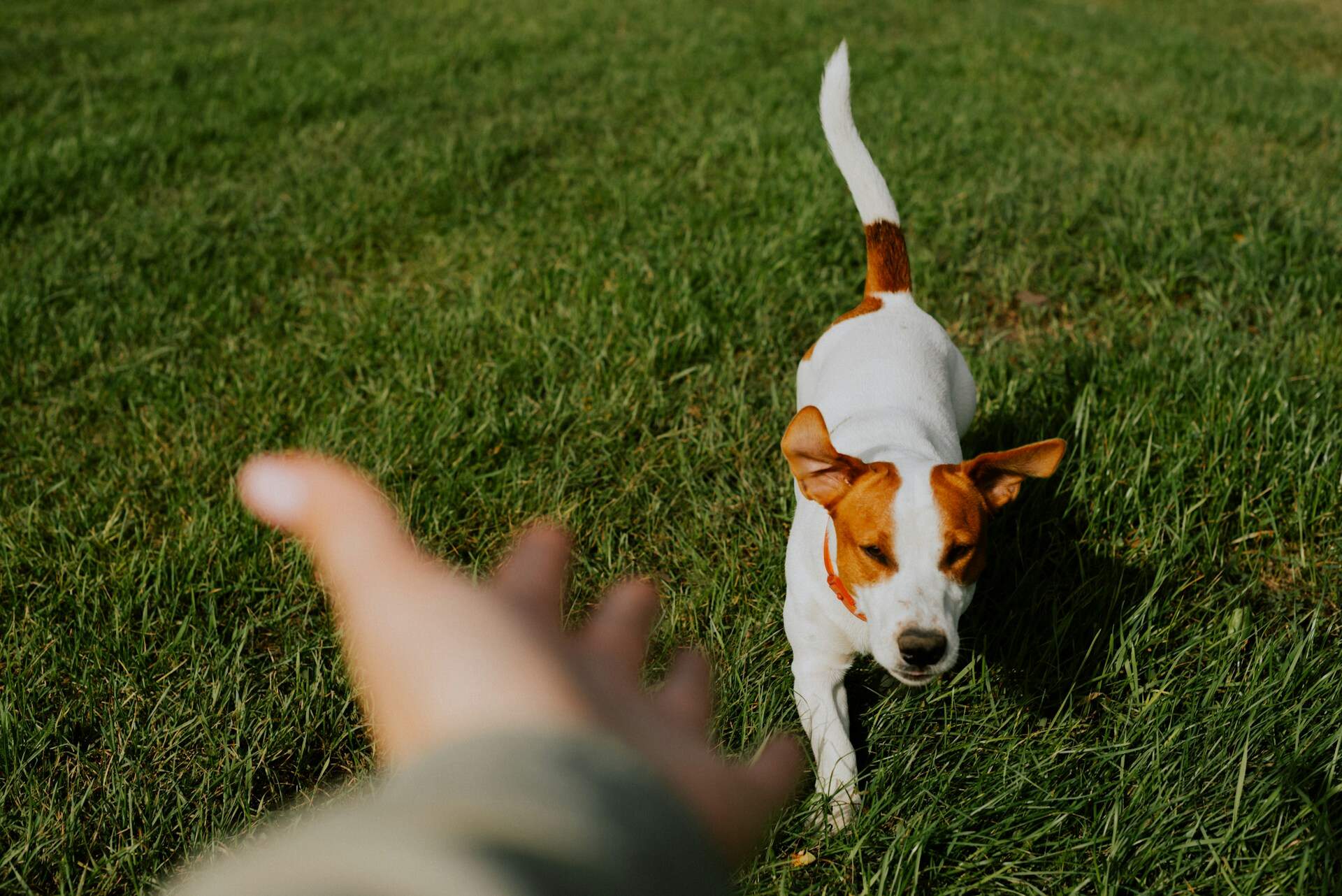
Because if you’re observing a sudden, sharp drop in your dog’s regular energy levels, it could be a sign that they’re struggling with sickness or an infection. Which is where you can take action – and get your buddy to a vet immediately.
But with all that said: how do you keep track of your dog’s daily activity?
Jotting it down in a notebook or relying on your memory alone can only go so far. So imagine being able to check on your dog’s activity – with just a glance at your phone?
Activity Tracking with Tractive
There’s a reason why dog parents around the world – just like you – are investing in our life-saving technology and taking an active role in their buddies’ health and wellbeing.
Because once you’ve set up your Tractive device, its built-in motion detector begins tracking your dog’s activity right away.
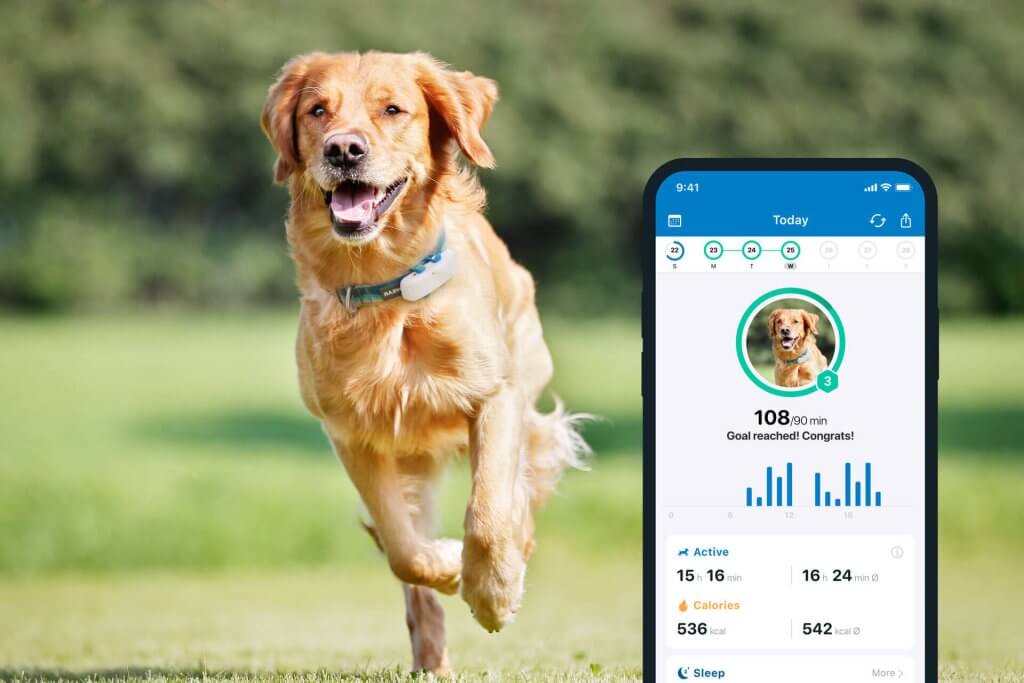
With this data at hand, your trusty Tractive device helps you understand:
- How much is a “normal” level of activity for your dog.
- How active your dog is compared to other, similar dogs of their age and breed
- Whether you’ve hit your activity goals for the day
- When there’s a spike or dip in your dog’s regular activity – which might be a cause for concern
Now with this data at hand, you’re more likely to have a productive conversation with your vet.
Like this Netherlands-based dog parent who managed to catch on to a sickness early on with one of her service dogs – and avoid a worse problem down the line.
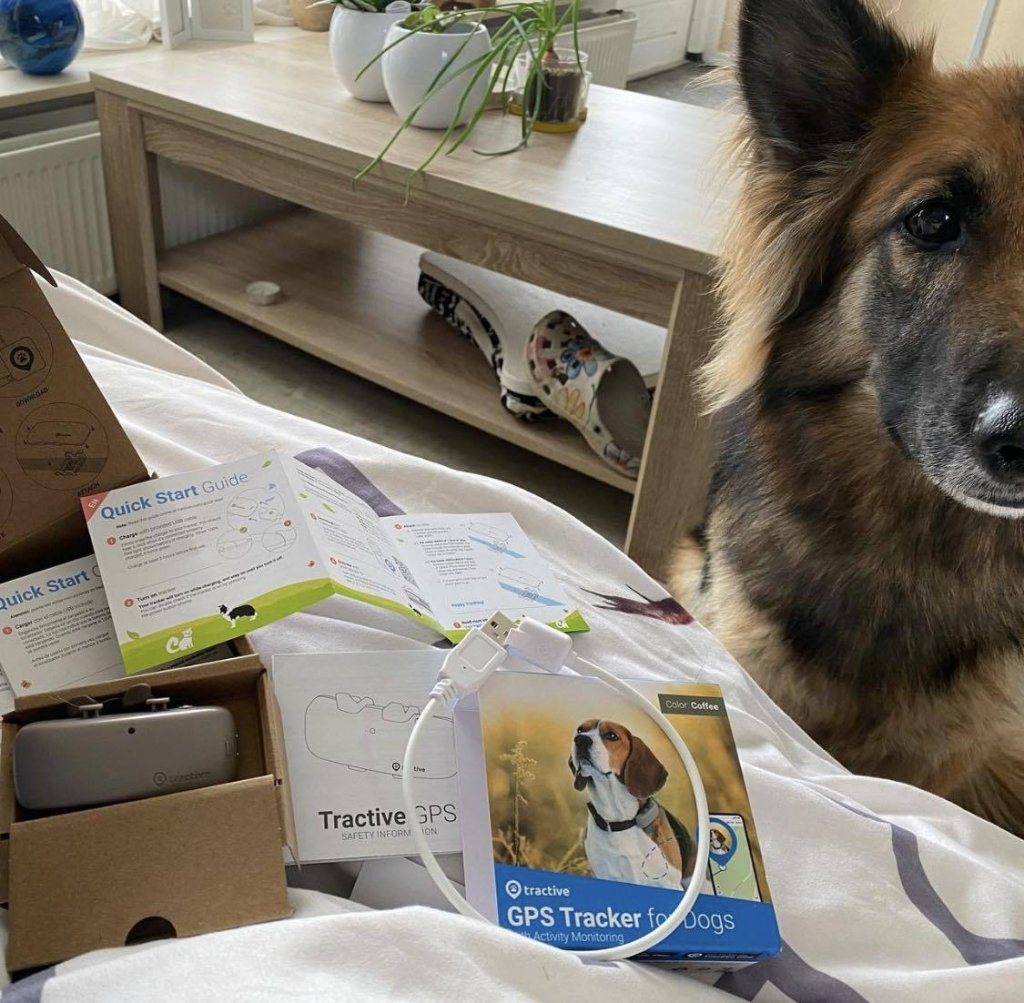
“Evi, my PTSD dog was the first to try it out. And after three and a half weeks of using, and finally really trusting the data that Tractive gave me, I found out she was sick before I could even really see it.“
Her sleep quality suddenly drastically decreased from around 90% to 60% and her active minutes dropped by about 50 a day.”
“So even though she still looked happy and healthy, my Tractive device stated otherwise.“So I went to the vet with this information. They took me and Tractive seriously…and it turned out she had the beginning of an infection in her ears!”
“My Tractive GPS is a part of my primary gear now – and I don’t want it any other way.“
– Cissy V, Netherlands
So if you spot a dip in your dog’s active minutes, you can take action and prevent them from getting worse. Helping you get your buddy the care they need – right when they need it.

When to see a vet
In general, it’s best to monitor your dog’s symptoms for around 24 hours – or a day – before you head to the vet.
However, if you notice any of these signs – along with general lethargy – get your dog to a vet immediately:
- Pale gums, which might indicate anemia or internal bleeding
- A refusal to eat or a reduced appetite
- Shaking, which might indicate your dog is experiencing some kind of pain
- A distended abdomen, which might be a sign of bloating or another gastrointestinal disease
- Labored breathing, which might indicate a respiratory infection
- A discolored tongue (blueish or purplish)
All of these signs indicate an emergency – and the sooner your vet can check up your dog, the better.2
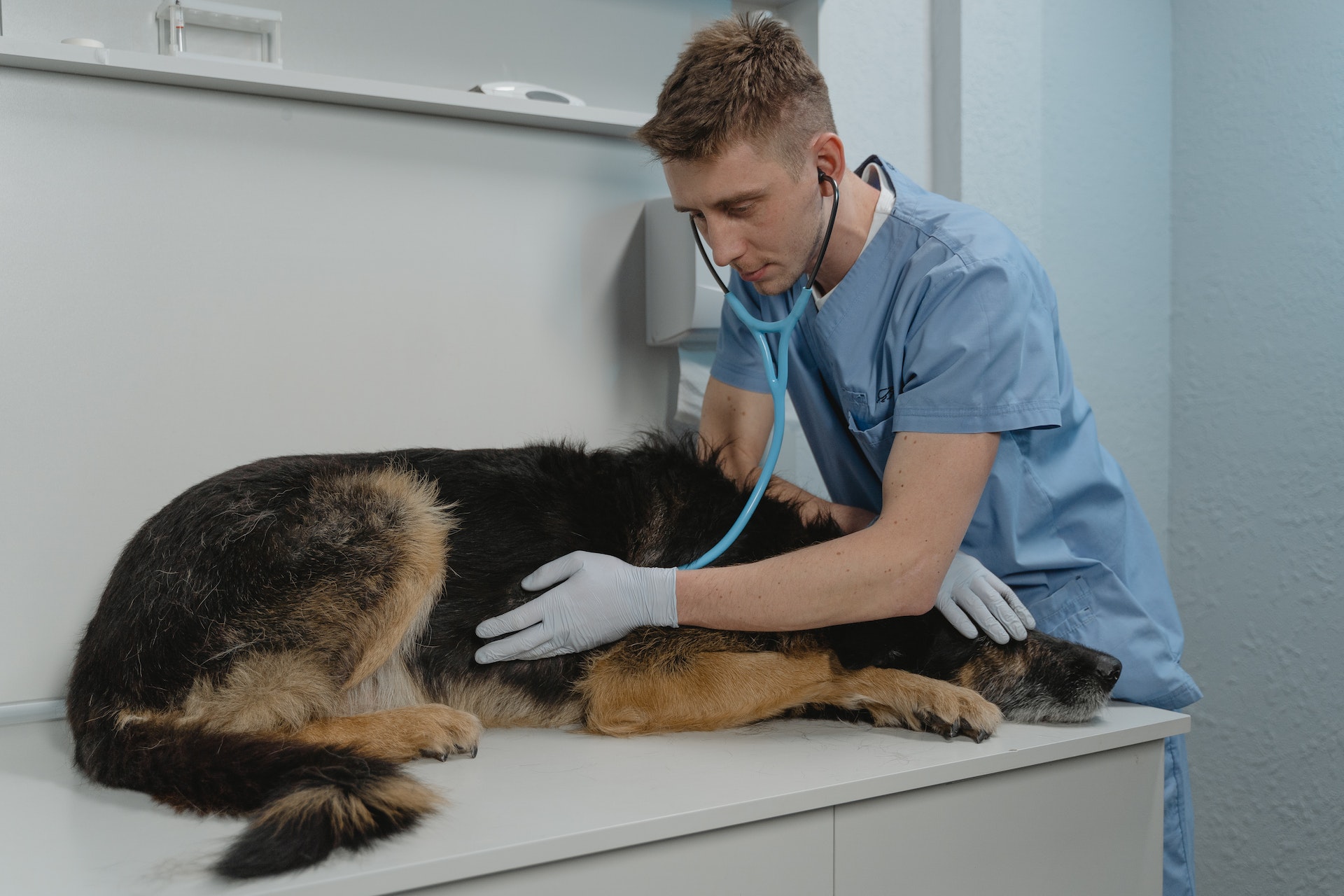
Your vet will perform a health check to rule out any potential illness or injury. Dogs who are lethargic may be suffering from one or more of the following health issues.
Causes of lethargy in dogs
If your dog is experiencing unusual weakness or lethargy, it could be caused by a wide range of factors – ranging from pain and medication to infection and disease.
Here are some medical conditions that may cause your dog to grow more lethargic over time:
Parvovirus
The canine parvovirus affects the gastrointestinal tract. It may cause:
- Lethargy
- Loss of appetite
- Abdominal pain
- Bloating
- Vomiting
- Fever or low temperature
- Diarrhea in dogs.
Canine parvovirus is spread through contact with infected dogs or contaminated surfaces. Your dog might be more at risk of picking it up if you tend to board them frequently. (Where they’re likely to come in contact with other dogs.)

If your dog hasn’t been vaccinated yet or is under 4 months old, they’re at a higher risk of picking it up.
So make sure to stay on top of their shots and keep good hygiene – both for your dog, plus picking a boarding facility that’s a clean, relatively sterile environment.
⚠️ If you suspect your dog has parvo, take them to the vet immediately. Your dog will need a diagnosis and aggressive treatment as soon as possible to make sure they recover from the virus3.
Distemper
Canine distemper is a virus that affects the respiratory, gastrointestinal and nervous system of infected dogs.
It can be spread through the air and initially causes a watery, pus-like discharge from the eyes. Other symptoms include:
- Lethargy
- A runny nose
- Coughing
- Fever
- Loss of appetite
- Vomiting

As the virus worsens and attacks your dog’s nervous system, you might observe:
- Muscle twitching and convulsions
- Your dog moving around in circles
- Salivation
- Chewing fits
- Seizures
- A thickening of your dog’s foot pads
- And even paralysis
⚠️ Distemper in dogs is often deadly; and if the dog survives they often have permanent nervous system damage4. Make sure to get your dog to a vet immediately if you notice any of these symptoms!
Kennel cough
This infectious bronchitis affects the respiratory system in dogs, causing them to cough.
Dogs with kennel cough may also experience:
- Tiredness
- Sneezing
- A runny nose
- Wheezing
- Labored breathing
- Eye discharge
Normally, kennel cough can go away on its own; but puppies, senior or ill dogs who develop kennel cough may require treatment to prevent severe infection5.
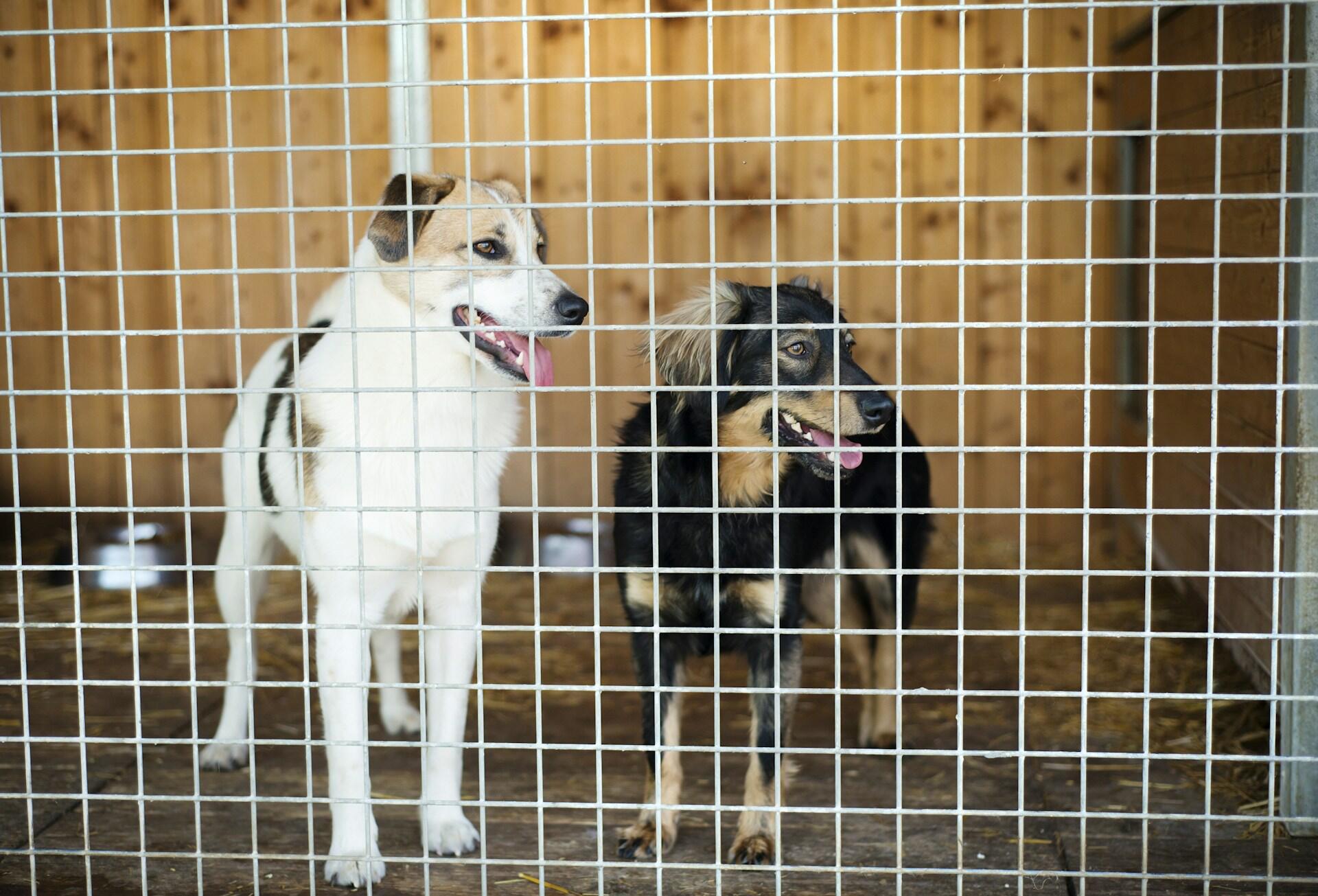
Heartworms
Heartworm disease in dogs is caused by a parasitic worm that infects the heart, lungs, and blood vessels of the affected animal.
Initially, your dog might have no symptoms. But over time, you might observe symptoms like:
- Lethargy
- Coughing
- Difficulty breathing
- A sick appearance
If left untreated, heartworms can lead to caval syndrome which can cause organ failure and death.
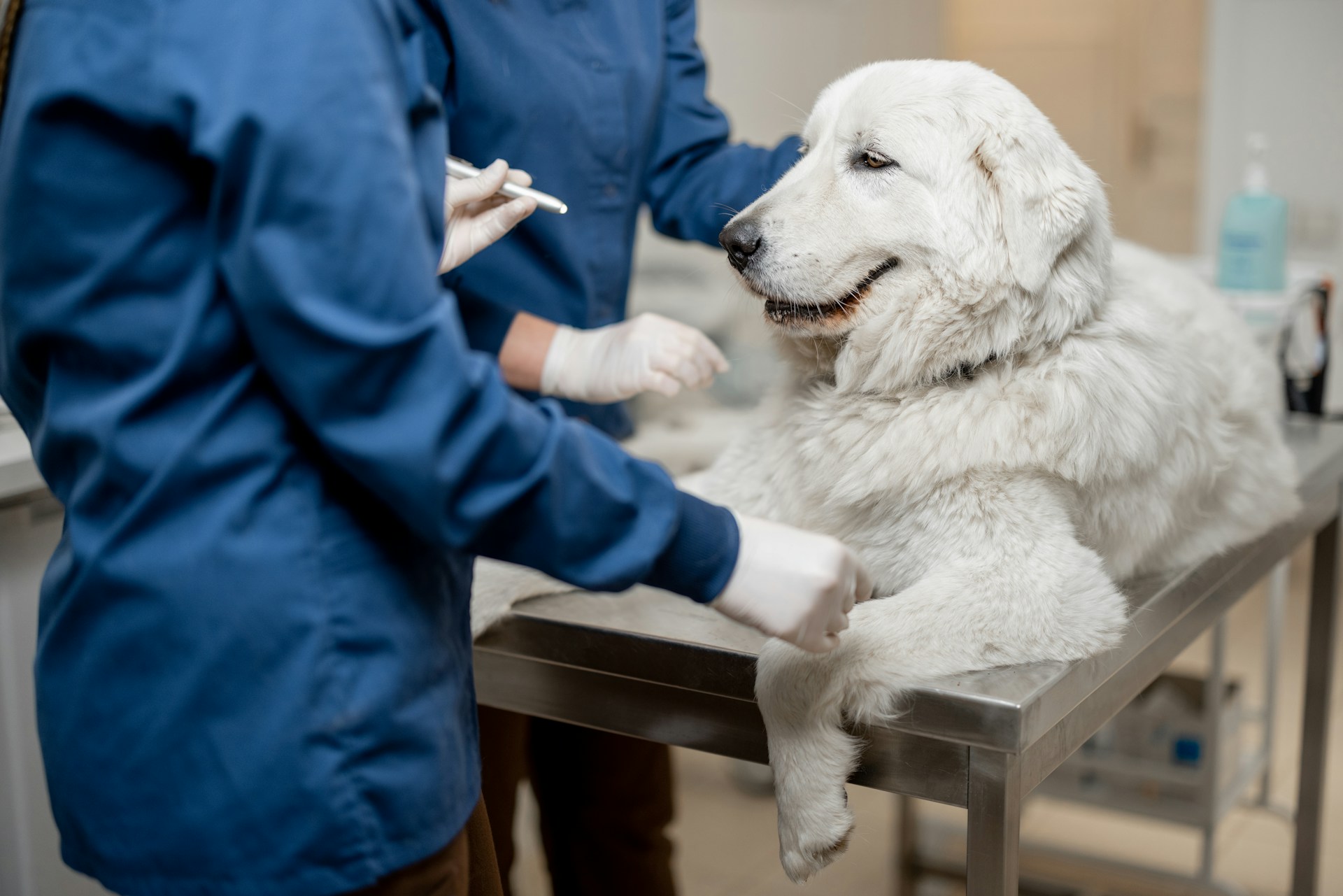
💡Treatment can be tough on the dog and expensive, so it’s best to talk to your vet about options to prevent heartworms6. Like, for example, catching on to your dog’s lethargy before it begins – and getting them to a vet for a preventive checkup on time.
Leptospirosis
Another possible cause of lethargy in dogs is leptospirosis, an infectious disease caused by the bacteria Leptospira.
It affects the kidney and liver in dogs and can lead to organ failure. Here are some of its symptoms:
- Lethargy
- Vomiting
- Fever
- Increased thirst
- Loss of appetite
- Frequent urination
⚠️ Dogs with mild infections may show no symptoms at all, but the illness typically develops quickly. Moreover, dogs with this condition may develop jaundice6.

Lyme disease
Lyme disease is a tick-borne illness caused by the bacteria Borrelia burgdorferi that can affect both dogs and humans.
The bacteria inside a tick is transmitted into the dog’s bloodstream from a tick bite and can travel to different organs, causing illness and ongoing health issues.
The tick must be attached to the dog for 24-48 hours in order to trasmit the disease. In more serious cases, it might lead to kidney failure and serious heart and brain issues.
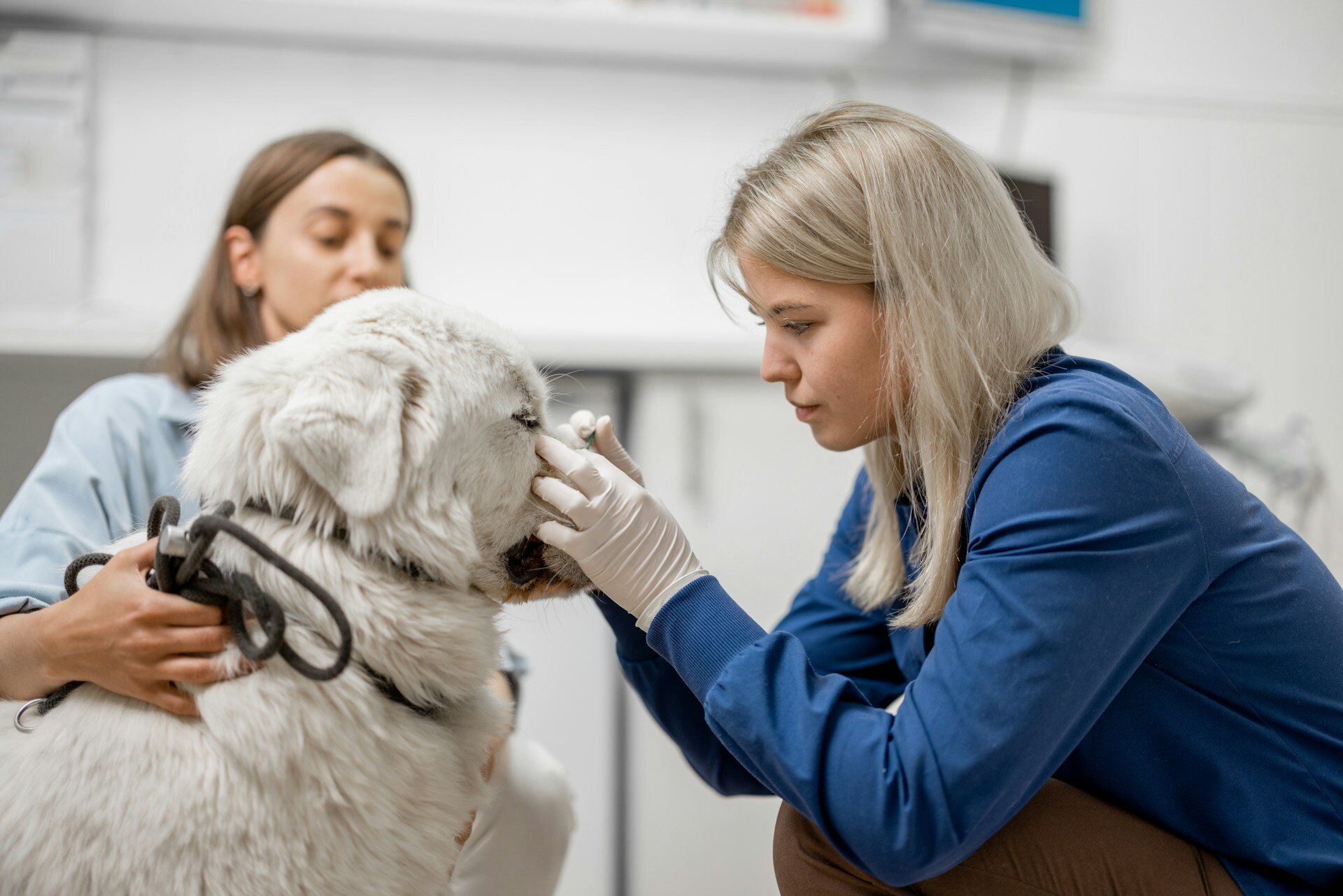
Symptoms of lyme disease in dogs include:
- Loss of appetite
- Low energy
- Fever
- Difficulties moving
- Swelling of joints
- Discomfort and pain
Ticks can also transmit other serious bacterial diseases. Which makes tick control for dogs an absolute must for any dog parent in a tick-infested area.7
Chronic diseases
Chronic disease is another potential reason for lethargy in dogs.
If your dog is suffering from heart or liver disease, cancer, diabetes or hypoglycemia, they will likely be lethargic and show other signs of illness.
- Senior dogs are most at risk of developing diseases such as these, which are often treated with medication, diet changes, or surgery.
- Puppies under 4 months can also develop hypoglycemia (or low blood sugar), which can cause lethargy.7

Again, if your dog shows signs of sickness (for example, if your dog has seizures, stops eating, drinks excessively and urinates frequently, vomits or has a fever or diarrhea), then head to your vet as soon as possible.
Medications
Different types of medications can also make your dog weak or lethargic. This includes:
- Medications prescribed to your dog from the vet or over the counter flea, tick, or heartworm products.
- Natural supplements or alternative therapies such as CBD for dogs could also make your dog sick or tired.
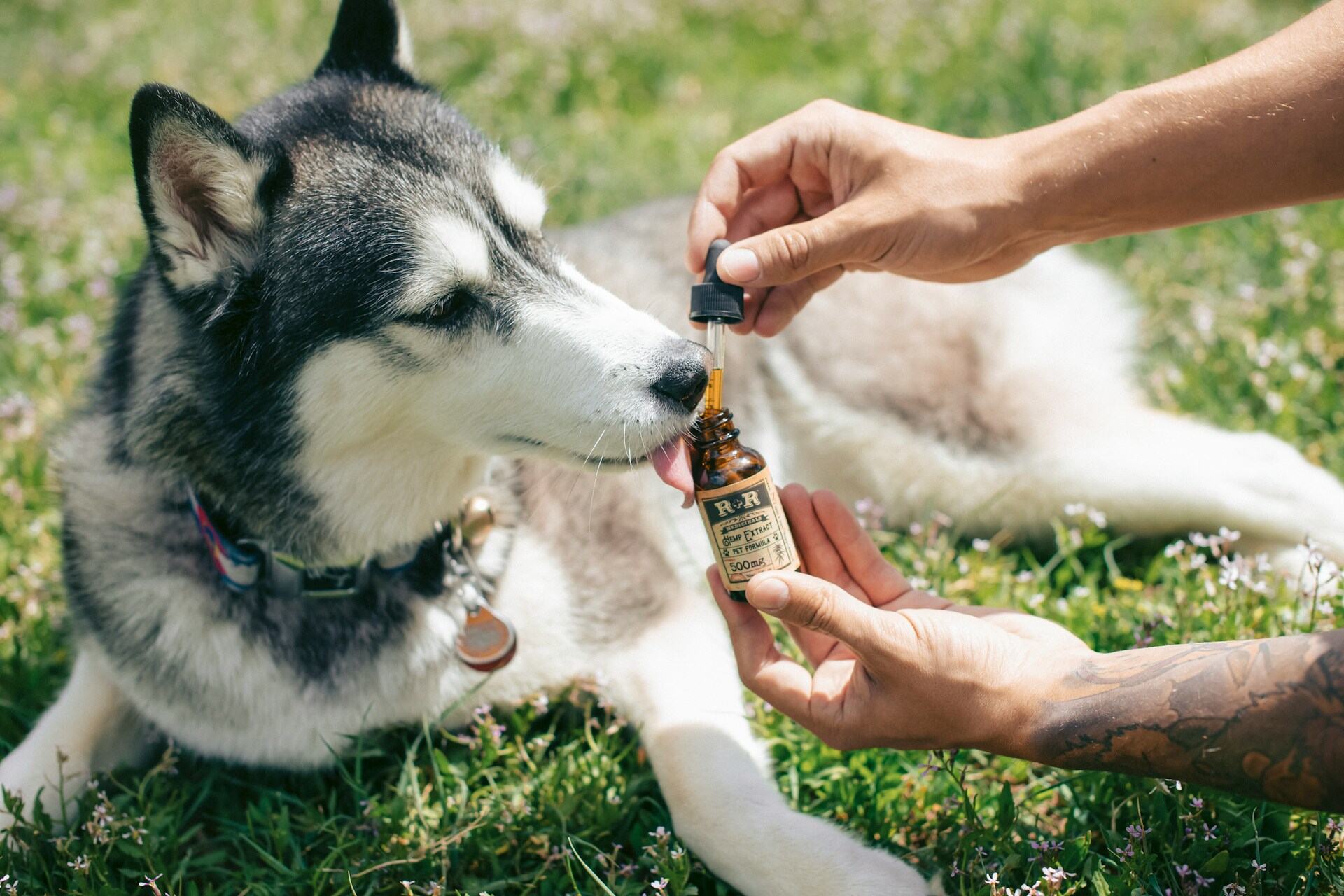
So see your vet right away if your dog appears sluggish after taking a new medication or product.8 In some cases, these symptoms might be temporary – in other cases, your dog might just need a type of medication that fits them better.
Poisoning
Many medicines for people, such as common pain relievers, are actually toxic to dogs. So if your dog’s swallowed these by accident, they may appear lethargic or sick – if they’ve been poisoned.
Now to be poisoned doesn’t mean that they literally consumed poison – such as incesticide or rat poison (although that’s possible too).
Many everyday household substances are toxic to dogs, from chocolate, alcohol and grapes to cleaners and chemicals like snail bait; plants and mushrooms to recreational or prescription drugs.
Read more:
- Toxic To Dogs: Dog Parents Beware Of These Common Dog Poisons
- What Can Dogs Not Eat? 15 Foods Poisonous To Dogs

⚠️ If you suspect your dog has consumed anything that might be toxic, contact your vet or Animal Poison Control immediately. Here are a couple of emergency numbers:
| Country | Animal poisoning emergency hotline |
| US | 888-426-4435 |
| UK | 01202 509000 |
| Canada | 855-764-7661 |
| Australia | 1300 869 738 |
| New Zealand | 0800 869 738 |
Hypothyroidism
Another potential cause of lethargy in dogs is hypothyroidism, or an underactive thyroid. This condition is usually caused by underlying disease and causes the metabolism to slow down.
Other symptoms of hypothyroidism include:
- Weight gain
- Dull hair
- Excess shedding (or a thin coat in general)
- Sensitivity to cold temperatures
- Slow heart rate
- Difficulties moving
- Lack of coordination9

Other causes of lethargy in dogs
Besides these medical conditions, a lethargic dog may be experiencing:
- Neurological diseases, including epilepsy, inflammation, or even brain tumors.
- Pain. Arthritis in senior dogs tends to cause them pain while moving around. So they may grow reluctant to go on walks or play together with time.
- Trauma. Much like humans, sadly, dogs can also experience complex conditions like Post-Traumatic Stress Disorder (PTSD) and depression. Which may come across as a lack of interest in regular activities.
- Growing pains. Puppies under 4 months have livers that can’t increase their blood sugar yet (since they’re still small). So they might experience low blood sugar, which can cause them to feel tired and out of sorts.

How to watch out for lethargy in dogs
Even with all the information above, it can be hard to determine the exact cause of lethargy in your dog by yourself. But here are a few steps to get started:
- Inspect your dog for injuries and take note of all the symptoms your dog is experiencing.
- Are they just a little bit lazy (perhaps they’ve been indoors too much)?
- Or do they also show worrying signs of a health issue, such as vomiting or diarrhea?
Anytime you suspect sickness or pain in your dog, it’s a good idea to take them to the vet. The treatment for your lethargic dog will depend on what’s causing it in the first place.
Once you’re at your vet’s, they’ll run some tests to determine the cause of your dog’s lethargy. Plus, they’ll know best how to treat it – and advise you how to best manage it to get your buddy feeling their best again.
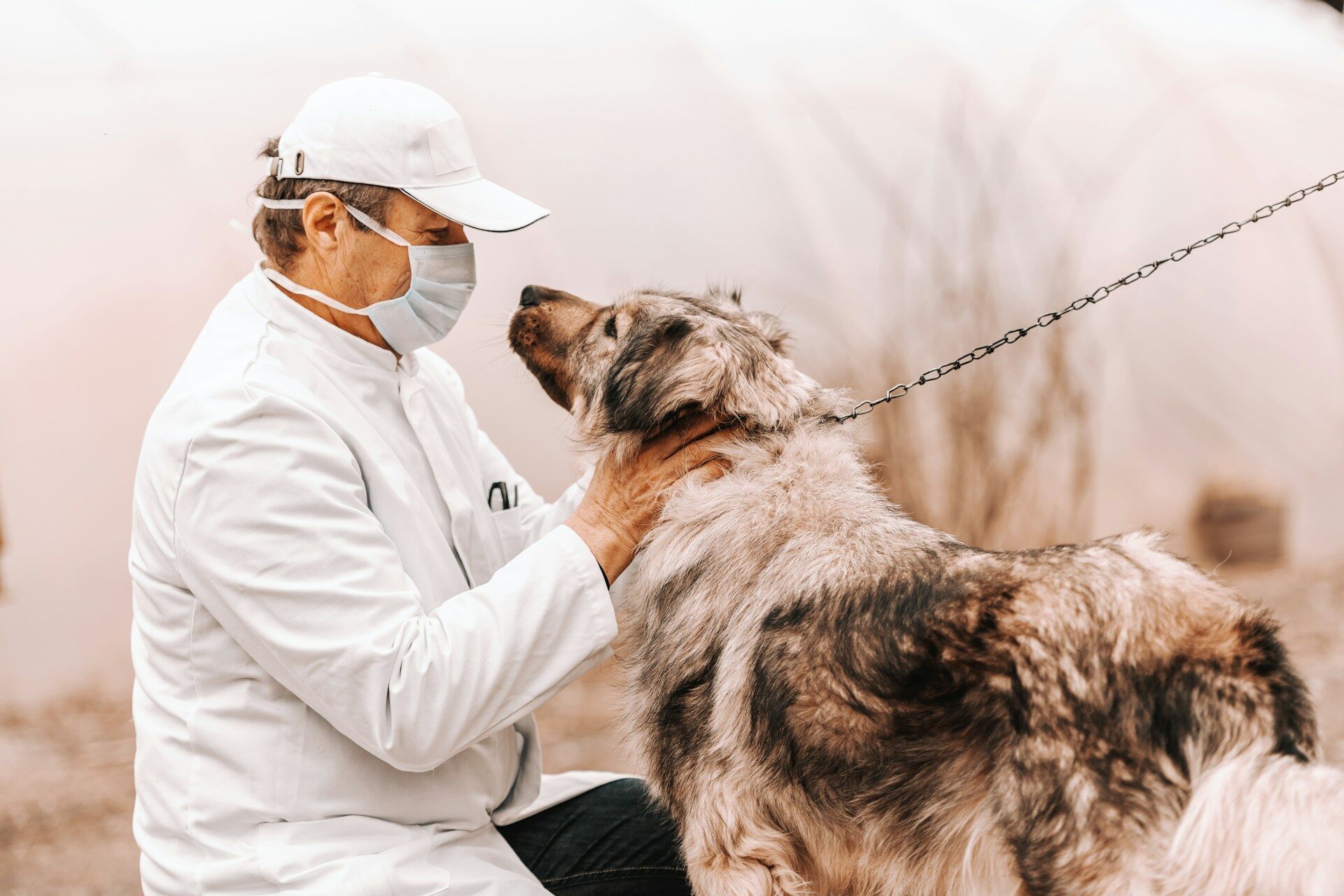
Catch on to your dog’s lethargy early – and keep them healthy
Tracking your dog’s daily activity can be a lifesaver. But let’s admit it: it can get a bit tedious over time too. (Especially if your dog is already on the active side and you don’t see a huge change across the days.)
So now you’ve missed one day of tracking. And then another…and then another – until it might be too late and you’ve missed out on a sign your dog might be sick or injured.
Luckily, that’s where your Tractive device’s Health Alerts have you covered.
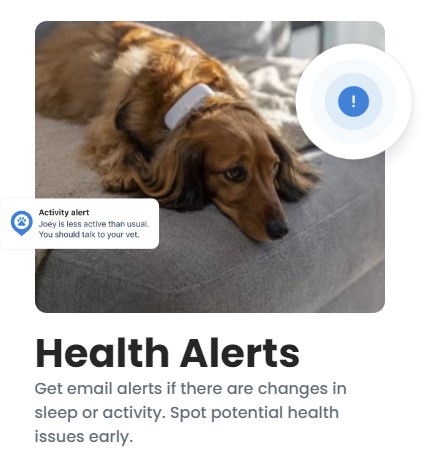

“It can be easy to miss out on changes in your dog’s or cat’s regular activity – or just if they’re on the move more or less than usual.
So we’ve set up Activity Degradation alerts for when your pet’s active minutes drop significantly.
They can help you intervene in a situation where your pet might be struggling with an infection or even just pain.”
– Sebastian Raab, Product Manager at Tractive & occasional pet-sitter
Because when it comes to catching on the signs of sickness in dogs, it can be easy to miss out on them until it’s too late.
Here’s another story from one of our US-based dog parents – whose vigilance helped her avoid a medical emergency:
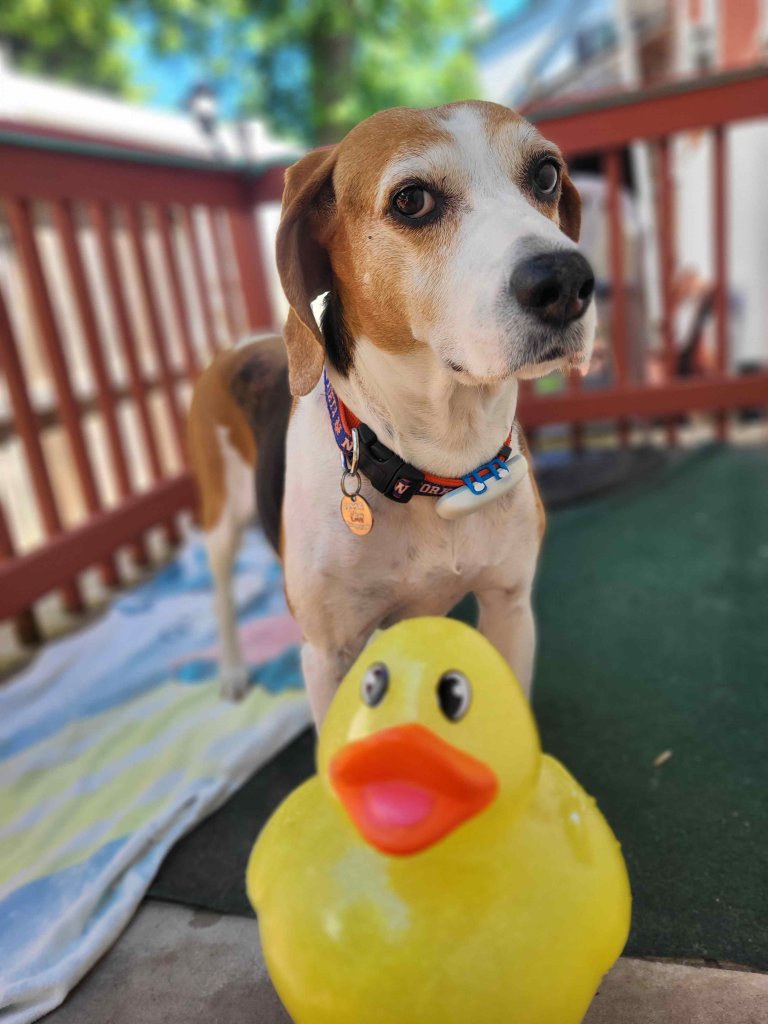
“When I looked at Ruby’s Wellness profile, the data showed that her activity level was low and that she hadn’t slept well. I was concerned and watched her carefully.
Early the next morning, she had blood in her urine and was lethargic. We visited the emergency veterinarian, and Ruby was diagnosed with a UTI.
She received antibiotics and pain medication and is feeling much better. Her tracker data made me aware that she was not acting normally and that something could be wrong with her.
I love her tracker, and I will always have one for any dog I ever own.“
– Katie J, Delaware
Ensure your buddy’s health & wellbeing – for a lifetime
Lethargy can be one of the sneakiest and easiest-to-miss signs your dog is sick. And its reasons can range from less serious concerns like:
- Your dog simply being tired from a day out walking or playing.
- Your senior dog slowing down with age.
But a key difference between lethargy and tiredness is how enthusiastically your dog participates in your regular activities together.

So if you’re finding your dog both tired and generally less enthusiastic about playtime or even meals, keep an eye out for their behaviors. They might be suffering from:
- Canine parvovirus
- Distemper
- Kennel cough
- Leptospirosis
- Lyme disease
- Heartworms
- A medication that doesn’t agree with them
- Hypothyroidism
- Poisoning
- Chronic diseases
- Pain, trauma, or growing pains (like with puppies who are vulnerable to low blood sugar)
In these cases, it’s best to get your dog to a vet immediately to get them the treatment they need.
But how do you catch on to lethargy in dogs early on?
Track your dog’s activity
With your Tractive device logging in your dog’s active minutes all day, you can rest easy – knowing you’re taking an active role in your buddy’s health and wellbeing.
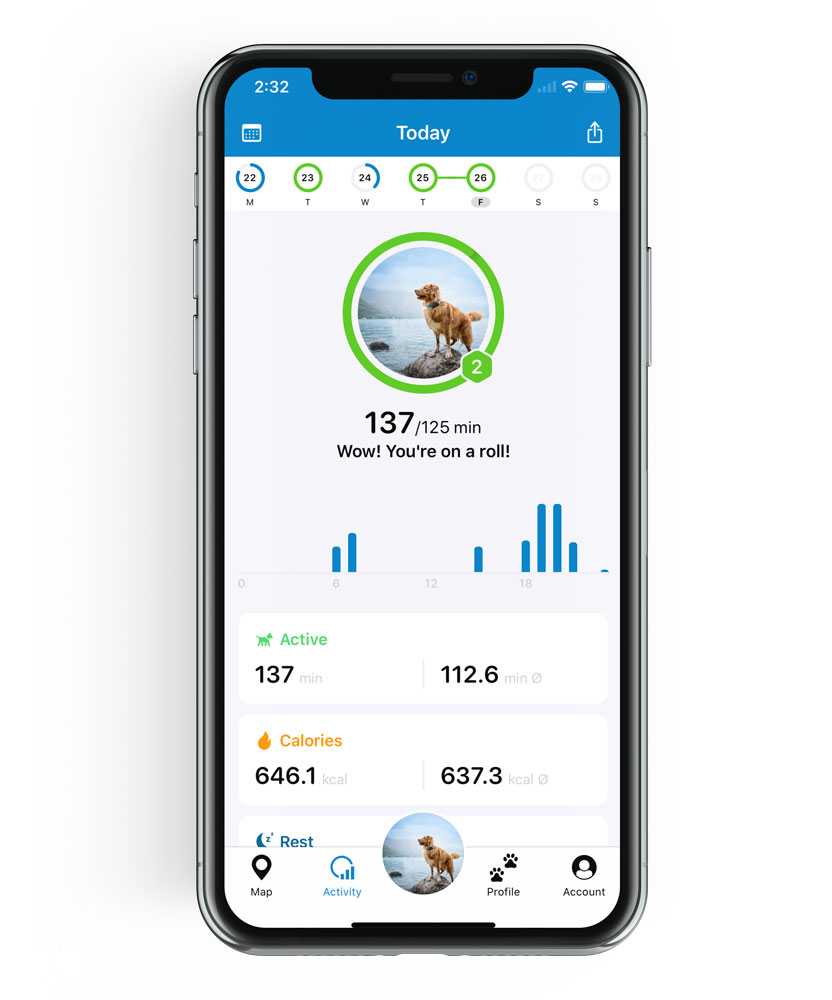
Because with time, your dog’s Activity Tracking data can help you:
- Figure out what’s a normal level of activity for your dog
- Compare how active your dog is to others just like them
- Catch on more quickly to a dip or spike in their activity – which might signal something’s wrong
Plus, with your dog’s activity tracking data at hand, you’re also more likely to have a more productive conversation with your vet.
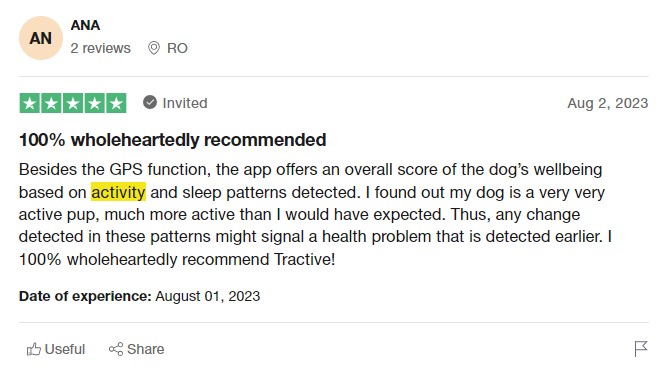
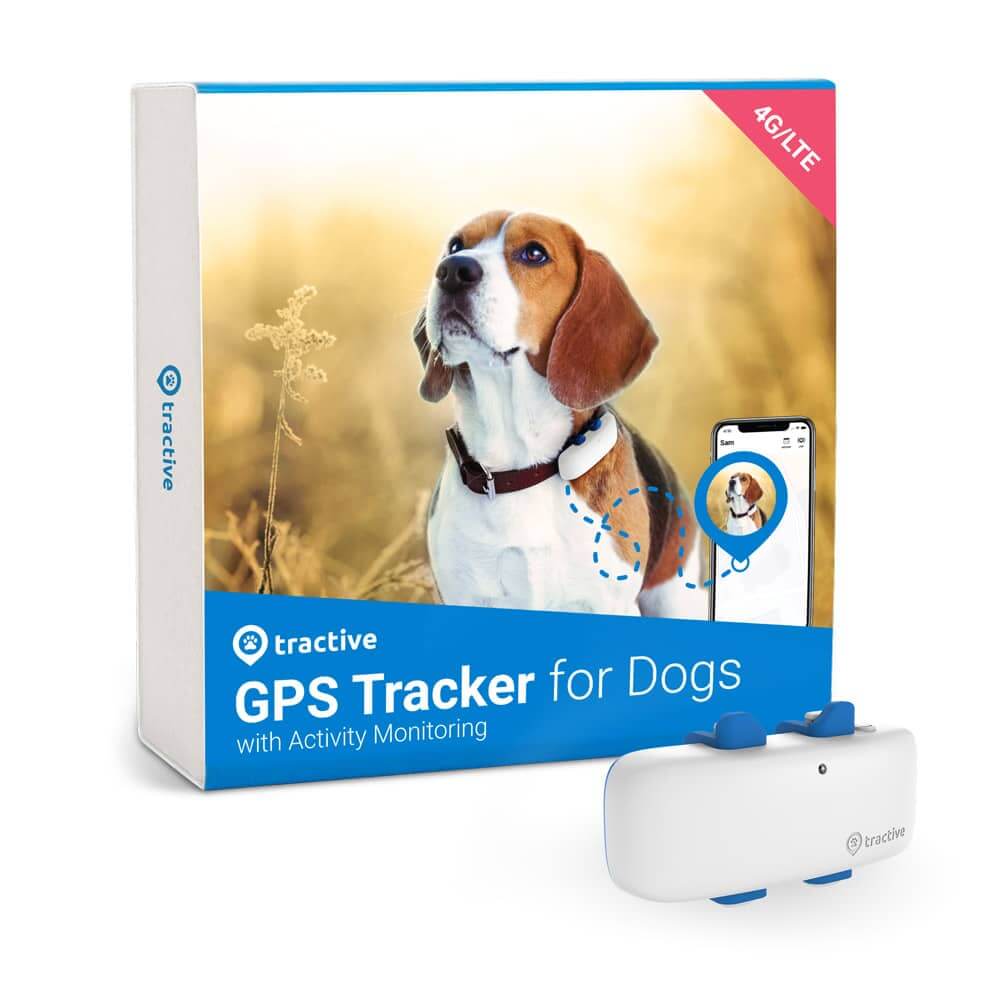
Stay on top of your dog’s wellness
See how they’re doing at a glance with Wellness Score. Set goals. Compare with dogs like yours. Monitor sleep. Detect issues and keep them healthy.
Want a super quick professional take on why your dog is lethargic? Check out this video below:
And if you’ve liked this post, share it with a friend or a loved one – and let’s help build a safer, kinder world for our furry friends together.
Your furry friend’s health and wellbeing means as much as to us as it does to you. So we’ve made it a priority to only share medically-relevant content on our blog.
This post was checked, double-checked, and medically verified by Georgia-based vet, Dr. Dwight Alleyne.
Dr. Dwight Alleyne, DVM
Dwight Alleyne was born and raised in Long Island, New York where his love of animals began. His career for animals began working for a well-known no-kill animal shelter on Long Island.

He worked his way up the career ladder working as a kennel technician, veterinary assistant, and then becoming a licensed veterinary technician at the shelter.
His passion for veterinary medicine led to him applying to and being accepted at Cornell University Veterinary where he graduated from in 2006. After completing a small animal rotating internship at Purdue University, he eventually made his way to Georgia where he has been practicing ever since.
Dr. Alleyne has practiced at several small animal clinics throughout Georgia. He has a keen interest in soft tissue surgery and has extensive experience in performing ultrasounds including echocardiograms.
When he is not practicing medicine, Dr. Alleyne enjoys writing and editing pet health articles and providing pet advice through telehealth.
Dr. Alleyne also has his own blog called “The Animal Doctor Blog.” Check it out on: www.anmldrblog.com.




